If you’re a gamer, you’ve probably found yourself in this kind of scenario: You a lot of time on your hands and all you want to do is get a dozen or so Call of Duty Warzone sessions in. But you can’t seem to win a single game because your internet connection is causing lagging issues. Sometimes, even after minutes of buffering, your internet connection just taps out right in the middle of your favorite movie or TV show.
A lot of times, though, your poor internet connection has nothing to do with lagging and buffering issues. Instead, your internet service provider may be throttling your internet connection.
In this guide, we’ll cover how to bypass ISP throttling once and for all. We’ll also show you how to find if you are a victim of ISP throttling.
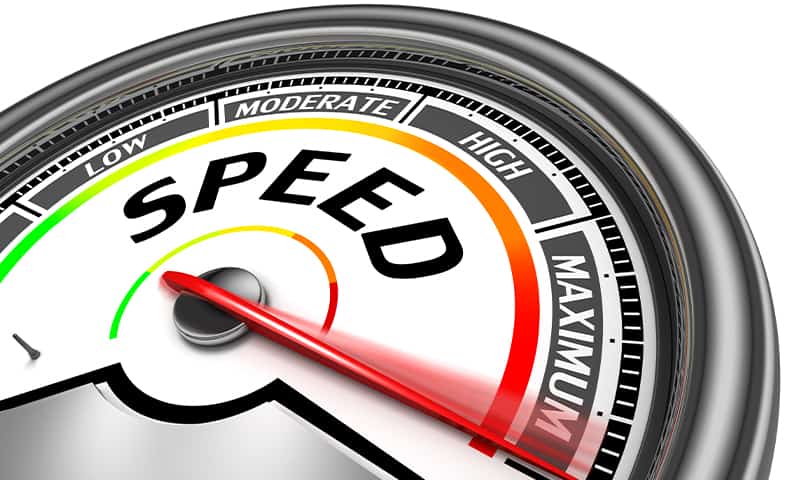
But before we can stop internet throttling, we need to understand the term bandwidth throttling.
What Is ISP Throttling?
So what is throttling? If you’re using a fast connection but not getting high enough internet speeds, then your ISP is throttling your internet connection.
To give a quick definition of throttling, what this means is that your internet service provider has deliberately slowed down the speed of your internet connection.
Why Is My Internet Speed Being Throttled?
There could be a variety of reasons why your ISP is throttling your connection. You may have consumed your monthly bandwidth limit, or maybe you didn’t clear the bills on time. Even if these conditions don’t apply to you, you could still be experiencing throttling.Your ISP might engage in bandwidth throttling because it is unable to provide you with the promised data limit when you signed up for its subscription packages. Often, internet providers initially promise a high level of internet speed while underestimating the amount of data a given user would consume.
Even if it advertises an unlimited data plan, your ISP’s plan might not actually provide an unlimited amount of data in reality. They are unlimited data plans only as long as you consume internet data within certain limits.
The other problem internet providers can’t deal with is the rapid change of pace in the online world. One day, people are consuming a relatively modest amount of data to check emails and visit a couple of news sites. The next day, they’ve decided to become full-time Twitch streamers and YouTubers. That can drastically increase the amount of data they consume.
Note:
Ultimately, it doesn’t matter what type of data package or high-speed connection you have signed up for. ISPs throttle when they see network congestion due to increased traffic.The answers to why your ISP is throttling can also change based on who you ask the question to. Someone working for your ISP is likely to tell you that they engage in throttling because they want to give all their customers a level playing field in terms of the data they can consume and the speed at which they consume that data in any given billing cycle.
Your ISP will also tell you that throttling allows them to avoid problems such as network congestion and overloads in internet traffic. Your ISP might also argue that throttling allows them to offer users cheap data packages where they can provide users lots of data at high speed per month.
All of these explanations about data throttling may or may not satisfy you. But it should give you some answers if you find that your internet speed slows down only when the current month is ending.

When your ISP detects that you’re nearing your data limit, they engage their data throttling procedures. This ensures that you don’t approach or surpass your data cap.
Almost all ISP companies provide users with accounts they can use to monitor their monthly data usage, so take advantage of that to test your internet speeds.
If you’re suffering from ISP throttling and can’t pinpoint whether it’s due to your data consumption habits or your slow internet speeds, your ISP might be engaging in preferential treatment for certain sites. Some ISP companies get payments from mega-corporations that are interested in getting their sites loaded faster. This is how ISP companies boost their revenue and keep their shareholders happy without providing users with better internet speed.
This is where the concept of net neutrality comes into play.
But when mega-corporations pay ISP companies for preferential treatment, ISPs engage in throttling to make access to a competitor site slower, hence giving the impression of network traffic congestion to the end-user.
In these cases, there is no network traffic congestion at play. You’re just getting a slower speed connection because your ISP was paid by another company to slow your connection.

In Europe, this type of bandwidth throttling is illegal, though many companies continue to violate the laws. In the U.S., net neutrality was repealed by the Federal Communications Commission in 2017.
Corporations control the internet access market in the U.S. If an ISP like AT&T doesn’t approve of a given site, it can limit the number of users who go to the website by throttling their connection. Similarly, streaming sites also engage in throttling when they want to change user behavior.
ISP throttling doesn’t just happen on your home connection; mobile providers also engage in throttling.
The coronavirus pandemic saw many mobile ISP companies in Europe slowing down streaming service speeds to keep their bandwidth lanes safe from network traffic congestion while the population stayed at home to avoid exposure to COVID-19.
Lawmakers were concerned that increased traffic would lead to a level of network congestion capable of disrupting essential online services that hospitals and research centers needed in order to operate in a pandemic. They later determined that bandwidth lanes were wide enough that there was no need for ISP throttling.
How to Detect If My Internet Is Being Throttled?
There are lots of ways to find out if you’re a victim of ISP throttling. As we covered above, ISP companies engage in router throttling to keep their word on “unlimited” data caps and “fast” speed connections.
To test whether you’re experiencing data throttling, you’ll have to measure your internet speed over a period of time. Most of the time, you’ll find that you experience slow traffic towards the end of the month compared to the beginning. This is a clear giveaway that you may have consumed too much internet traffic; hence, your ISP is data throttling you due to network traffic congestion.
If you experience better speeds when you pay your bill at the beginning of a new month, this might be a sign that your ISP is throttling your connection.
Visit sites like securitygladiators.com and speedtest.net to check and record your speeds regularly, then compare them at the end of the month.
With that said, keep in mind that there are many types of network congestion problems. Sometimes, it may be your usage that is causing problems; other times maybe people in your area are generating too much traffic, thus slowing down service for everyone else within range.
Maybe someone on your network is a heavy uploader or downloader on sites like Twitch and YouTube or through torrenting apps. This can give you lower readings on SpeedTest from Security Gladiators and other testing tools.
Pro Tip:
It’s considered best practice to measure your connection speeds when no one is using it.Similarly, during the day you’re likely to experience slower connection speeds when compared to the late-night time period. Finally, you should never take numbers on ISP advertisements at face value.
Ultimately, they’re just numbers—they can (and do) change. There’s no single speed test that can tell you how and why your ISP is throttling you. You also have to consider the possibility that maybe your internet provider does not throttle connections made to speed testing tools like Ookla so you get the impression that you have a fast enough connection.
While there is no single test you can use to confirm throttling, you should run your connection through multiple tests and then cross-reference your results to get a better picture of your situation. You can also use this speed test tool from Netflix to check if you have a normal connection. Fortunately for people with network problems, this tool from Netflix allows anyone to check if they’re a victim of throttling.

However, it only checks if a given provider is throttling connections going to Netflix. You can run this test and then run the SpeedTest test, then compare the results to see if your internet service provider is throttling your connection.
You can also use the Google Video Quality Report tool, which provides information on the connection quality of your computer or mobile device with servers at YouTube. You can check if your ISP is throttling your connection if you have a poor quality connection with servers on YouTube but otherwise have a fast connection.
Whenever you get online, the traffic you generate has to leave your ISP’s network and then reach another ISP’s network for you to access different services and websites on the internet. Performance may be reduced if one ISP asks other ISPs for money to get faster entrance points.
The tool can carry out tests for different entrance points to see if they give the same performance, speed and quality. If a disparity is found, it will inform you of that.
Apart from that, you can also try to load YouTube videos starting from 4K down to a lower resolution that gives you absolutely zero buffering. The resolution at which the content will stop buffering is the actual video bandwidth your provider has given to you.
You can correlate that with the table from YouTube where it shows you the speed required to play specific video resolutions. From that table, you can easily check if you’re getting the speeds promised by your ISP.
How Can My Internet Be Throttled?
Although we’ve touched on this a bit in the previous sections, we’ll get into the specifics here. Not all throttling is the same—users’ connections are throttled in different ways. Of course, it doesn’t matter how the connection is throttled for the end-user as long as the result (a slower online experience) is the same.For example, for an internet service giant like Spectrum, throttling would be a means to end. Some internet providers want to make sure that every user on the network gets to have a decent connection speed, but other providers may have a different policy in which they throttle websites that don’t pay up.
Apart from that, some providers will only throttle bandwidth at night when they know that people put torrent downloads on auto and go to sleep. Others throttle during the day when the number of users on any given network is the highest.
Bandwidth usage often hits its peak when people come home after work, so some providers throttle connections at around 4 p.m. However, the trends around this topic are evolving during the COVID-19 pandemic, when traffic is spiking.

Broadband infrastructure might need a significant upgrade during the pandemic, as more employees work from home, students take classes online, and all sorts of activities from sports events to court hearings are live-streamed to a mass audience.
Throttling during “internet rush hour” is a given, and some providers even mention it in their terms and conditions agreement. Potential ethical issues arise when providers slow down different websites, protocols and services so that the user has a bad experience of those services/websites/protocols and move to one of their competitors which may or may not have paid for the privilege.
While this kind of throttling might not necessarily degrade your overall internet performance, it certainly does impact your experience using specific services. Unfortunately for the end-user, there’s very little that can be done to detect this kind of content-based throttling, which is probably why internet service providers have avoided lasting consequences for doing so.
How to Stop ISP Throttling
In this section, we’ll show you how to bypass ISP speed limit issues.
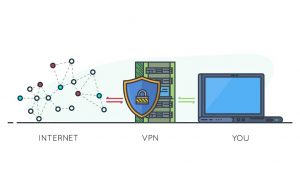
First, to stop an ISP from slowing down your connection, you need to use a VPN (or Virtual Private Network) service.
To throttle traffic, an ISP needs to see the traffic generated by a user. Users who have signed up for a fast connection are safer than those with a slower connection since ISPs can’t slow down all of your traffic. But if your ISP can’t see which websites you’re visiting, it can’t throttle your connection. And the best way to make sure that no one sees what you’re doing online is to use a VPN.
When you use a VPN, you’re encrypting your traffic and hiding your real IP address. When that happens, no one can see your browsing history or your online habits. ISPs won’t know the protocols, websites or services you frequent.
Just by using a VPN, you can block ISPs from dividing your online traffic and throttling it.
With a good VPN provider configured properly, your traffic is hidden via encryption and then sent through a safe tunnel to the VPN server that you have connected to.
Step-By-Step Guide on How to Use a VPN to Bypass Throttling
Step 1: Sign up for a Good VPN Service
You are free to choose any VPN you want, but make sure it makes use of the best security protocols and has lots of servers located around the world. Your preferred VPN should also offer a money-back guarantee so you can always get a refund if you don’t like the service.
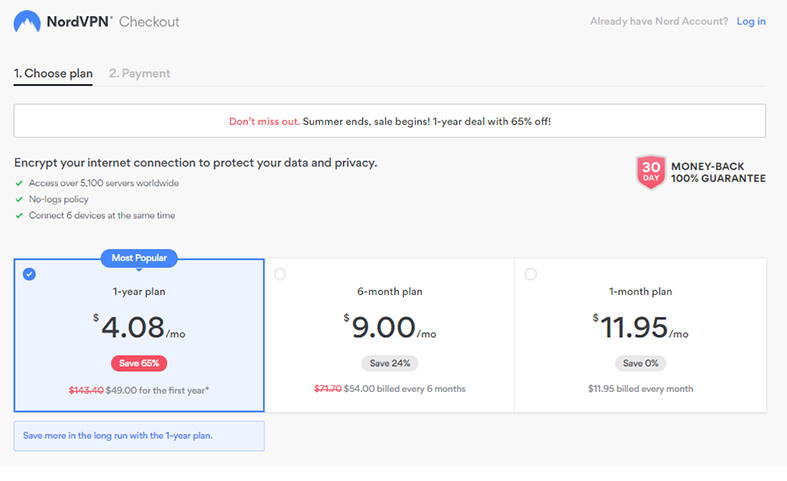
Step 2: Download the VPN App
You have to download the proper VPN app for your system. For a Windows computer, you should get a .exe file. Similarly, for Android and iOS, you should get the VPN app from their official app stores.
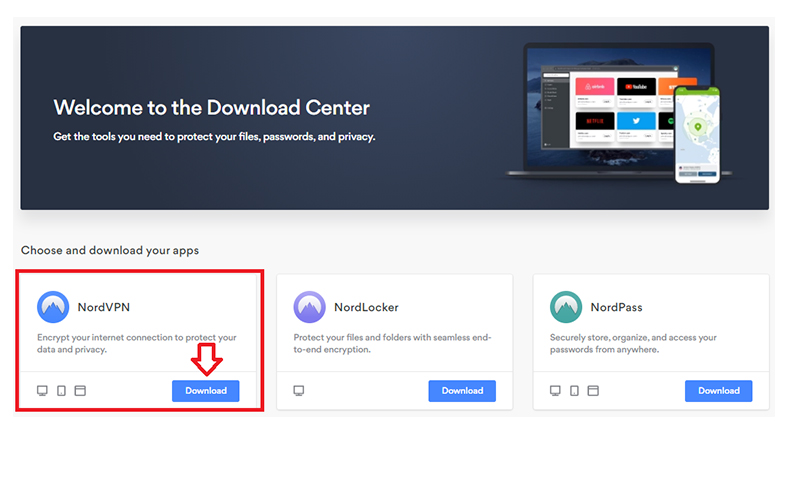
The best place to get the correct VPN app for your system is through the official website of the VPN service you have chosen. Other places may offer the VPN app you’re looking for, but there’s no guarantee that they’ll be free of malware or other malicious programs.
Step 3: Install the VPN App and Sign In
Once you’ve downloaded the VPN app, install it on your system and run it. When it launches, input your user credentials (password and username) to sign in and connect to a server of your choosing. Generally speaking, the closer a VPN server is to your real location, the less it will slow down your connection.
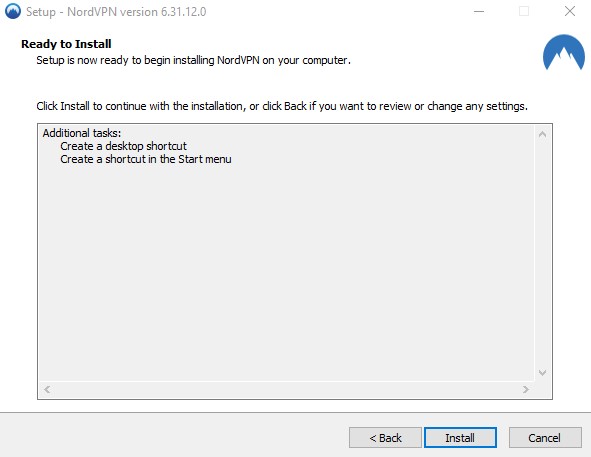
And that’s it—you should now be able to overcome throttling problems by using a VPN.
Does a VPN Stop Data Throttling?
Yes, ISPs need to see which websites you’re visiting to get started on throttling your connection. For example, you may like to use Netflix daily, but maybe your provider doesn’t have a fast lane contract with the service. In that case, you will likely experience throttling.
When you’re using a VPN, though, your ISP can’t see where you’re going.
Now, keep in mind that if your ISP decides to throttle the internet for all users on their network, there’s nothing you can do. As mentioned earlier, ISPs do that during the day when bandwidth usage is at its peak.
Is Throttling Internet Illegal?
Not all countries have net neutrality laws to regulate internet throttling. In the European Union, it is illegal. In the U.S., it was illegal until 2017 when the Federal Communications Commission, under the Trump Administration, decided to repeal net neutrality laws.
Conclusion: What’s the Bottom Line?
ISP throttling is starting to become a significant problem in the U.S. The worst part is that it affects all devices and all connections. To find out if you’re being throttled, you should carefully watch how your connection speed changes when you’re downloading files, doing online gaming or watching YouTube videos. As TechnologyPep pointed out, throttling can severely impact your online gaming experience.

The best way to get rid of ISP throttling is to use a VPN. With a VPN on your computer or mobile device, you can hide your activity and halt your ISP’s efforts to slow down your connection.
VPN services come in all shapes and sizes, but you need to make sure you sign up for a VPN that offers strong encryption and many VPN servers.
This is important:
Make sure you carefully read the privacy policy of the VPN you’re interested in as most VPNs give you vital information about their VPN servers and how they handle your data in those documents.A VPN should help you stream videos at better resolutions and download torrents faster. Sometimes, you can even go over your data usage without having your ISP know about it.
However, if your ISP has throttled all internet traffic at any given time, then a VPN can’t do much there. No tool can.
Leave a comment below if you need help setting up a VPN or if there’s a concept in this guide that you didn’t understand.

Very nice and helpful article…I’m age 66 and there are words that I’ve never even heard before! but we are being throttled upon occasion with the streaming videos we pay to view.
Silly us, we thought it meant uninterrupted viewing!!! LOL
I guess a VPN will be helpful. Something new to learn. 🙁
Oh, well ! ! ! Thank you for the article ! ! !
Anita
thank you .that was helpfull